Steel Products Prices North America
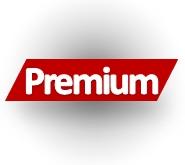
Drill Down of Hot Rolled Imports into Product Detail Through February 2020
Written by Peter Wright
April 15, 2020
Premium subscribers to Steel Market Update have reports available on our website that break out the import tonnage into district of entry and source nation for six sheet and plate product categories. This report takes the total national tonnage of hot rolled and breaks it down into product detail.
Using U.S. International Trade Commission (USITC) data, SMU has taken the import tonnage of HRC and broken it down into sheet and strip, and whether it was in coil or leveled. Then it breaks the tonnage down into three gauge ranges. It breaks out how much was commercial HR, how much was commercial P&O, how much was high strength, how much was high strength P&O and how much had patterns in relief.
Through February 2020 year to date, of the total hot rolled sheet and strip imports into the U.S., 6.7 percent was strip. Table 1 is a summary for 2020 through February of hot rolled imports showing gauge ranges and condition and the annual year-to-date total for sheet and strip in metric tons.
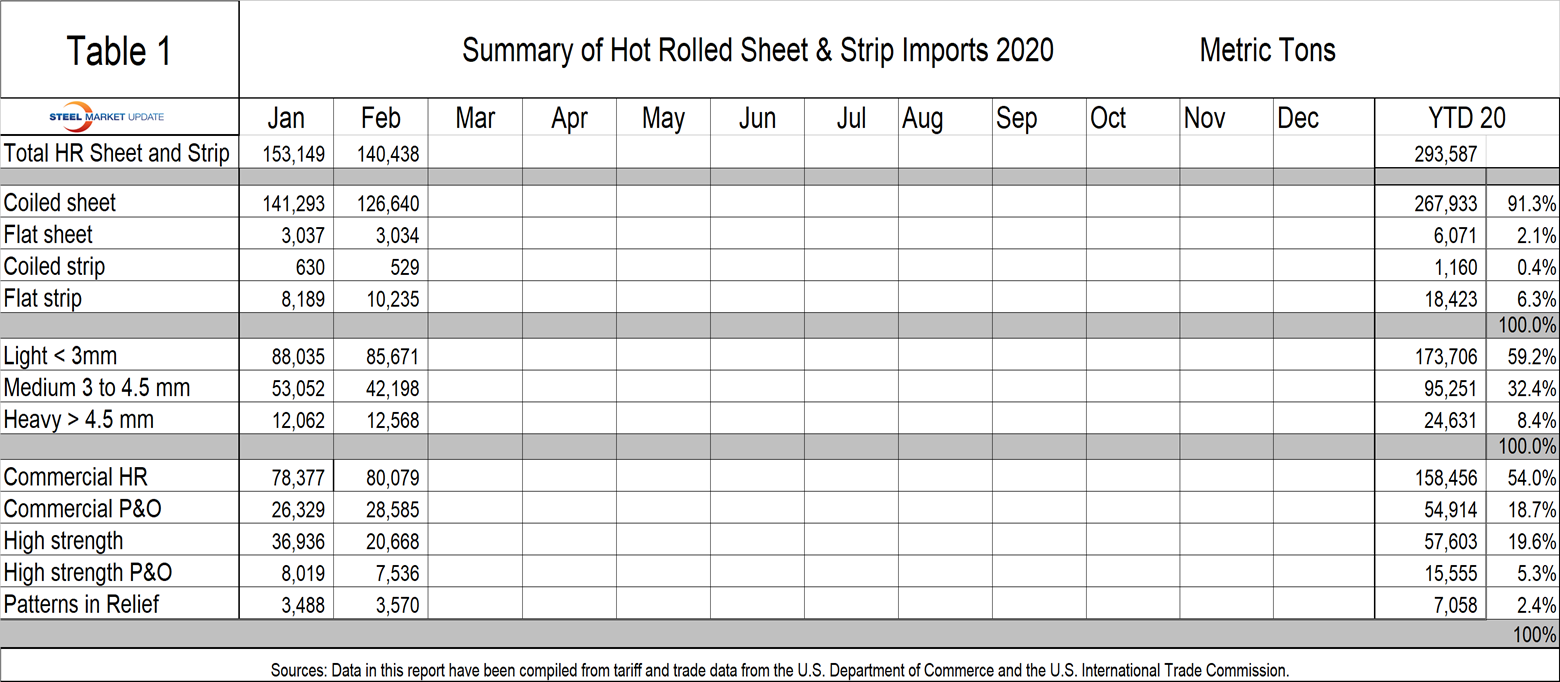
Figure 1 breaks the year-to-date hot rolled tonnage down into the five conditions itemized above that are identified in the HTS codes. It shows 54.0 percent was commercial HR, 18.7 percent was commercial P&O, 19.6 percent was high strength, 5.3 percent was high strength P&O and 2.4 percent had patterns in relief.
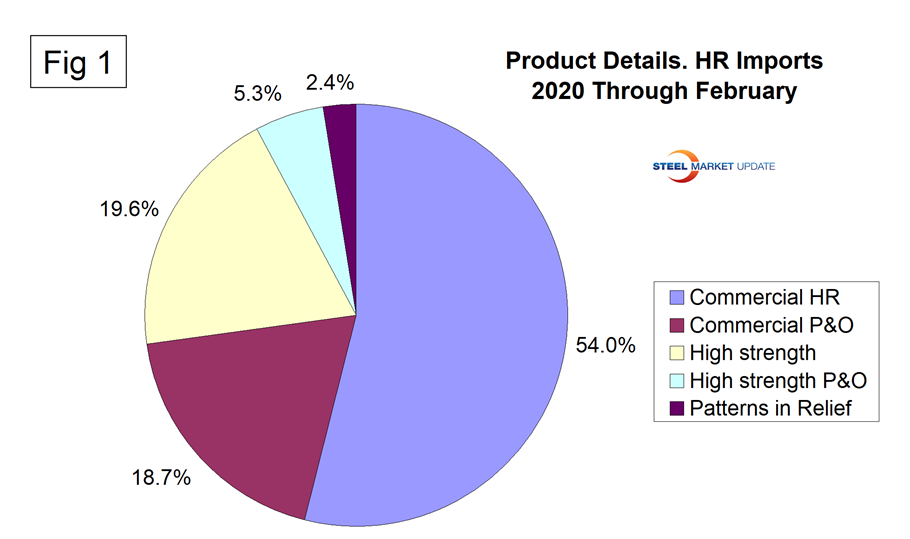
Figure 2 does the same for three gauge ranges. Year to date by gauge range, the sheet broke down to: 59.2 percent < 0.3mm, 32.4 percent 3 to 4.5 mm, 8.4 percent > 4.5mm thick.
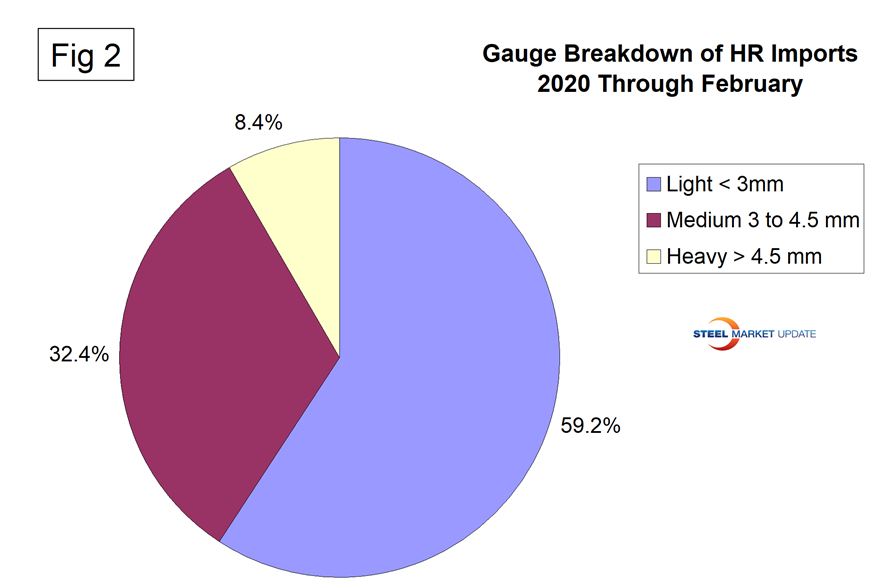
Figures 3 and 4 break the HR sheet and strip tonnages down into coiled and leveled. Through February year to date, 91.3 percent was coiled sheet, 2.1 percent was flat sheet, 0.4 percent was coiled strip and 6.3 percent was flat strip.
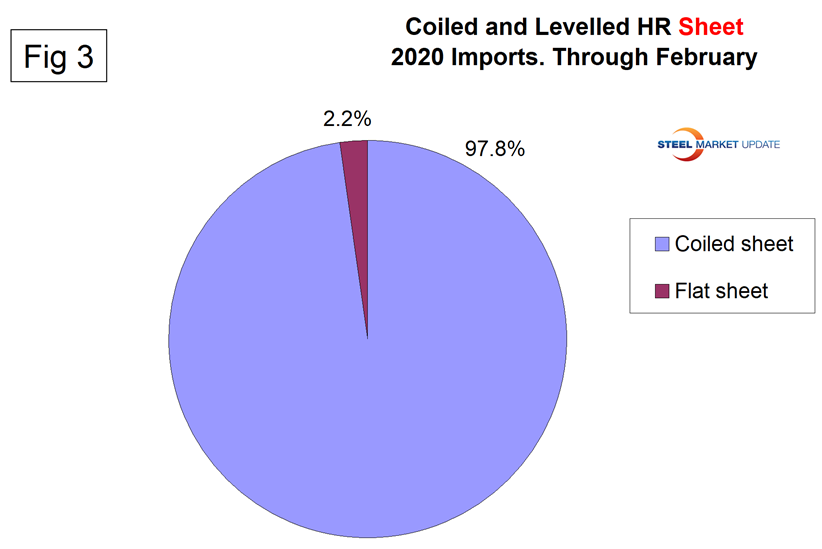
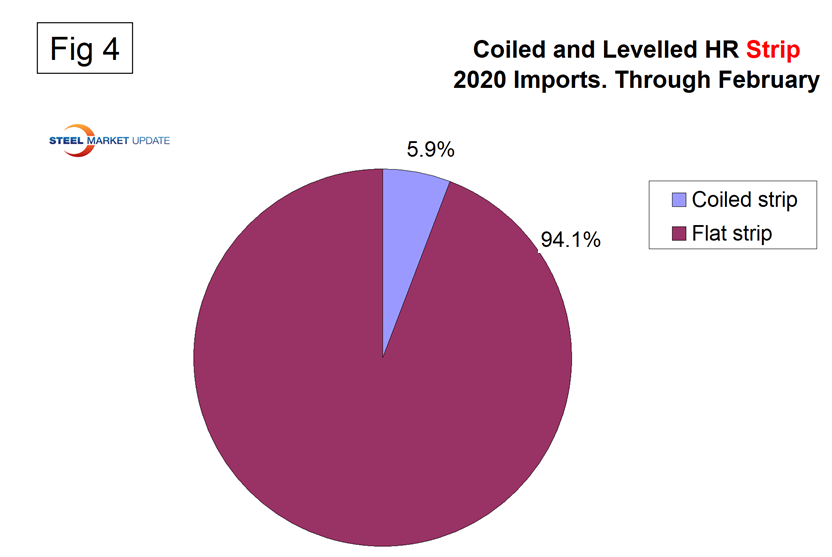
Note: This data was accessed through the USITC database. All steel traded globally is classified by the Harmonized Tariff System (HTS). The HTS code has 10 digits. The first six are globally universal. The last four are used at the discretion of the nations involved in a particular transaction and are the basis of this report. The way the U.S. uses the last four digits to define products may be different from other nations’ product classification.

Peter Wright
Read more from Peter WrightLatest in Steel Products Prices North America

CRU: US rebar and wire rod prices rise alongside S232 increase
CRU Senior Steel Analyst Alexandra Anderson discusses current market and pricing dynamics for long steel products in the US.

SMU Price Ranges: Sheet and plate steady ahead of Independence Day
Sheet and plate prices were little changed in the shortened week ahead of Independence Day, according to SMU’s latest check of the market.

Nucor maintains plate prices, opens August order book
Nucor aims to keep plate prices flat again with the opening of its August order book.

Nucor CSP remains level at $900/ton
Nucor maintained its weekly list price for hot-rolled (HR) coil this week, following two consecutive increases.

Cliffs raises prices, seeks $950/ton for July spot HR
Cleveland-Cliffs plans to increase prices for hot-rolled (HR) coil to $950 per short ton (st) with the opening of its July spot order book. The Cleveland-based steelmaker said the price hike was effective immediately in a letter to customers dated Monday.
